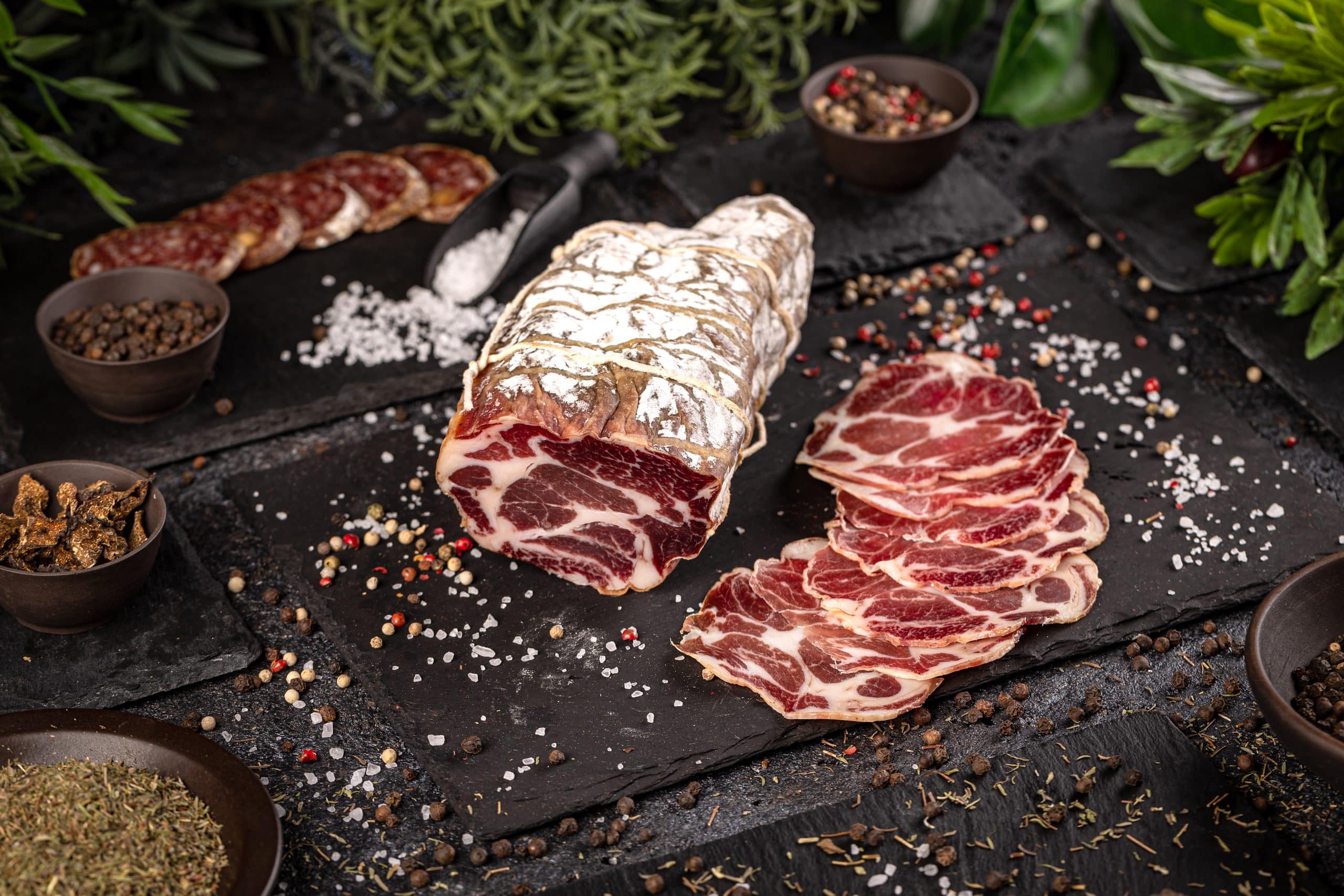Bonjour, dear baking enthusiasts! You’re in the right place if you’re looking for a touch of French sophistication to add to your baking repertoire. Introduce yourselves to the art of making the French madeleine – a heavenly, seashell-shaped cake that packs a lot of flavor in a small package. With a tender, spongy interior and a slightly crisp exterior, this delightful cake is truly a treat with tea or coffee. Perfecting the craft of making delicate French madeleines is no Herculean task. It only requires some careful attention to a few key ingredients and steps. So, let’s embark on this culinary journey together.
Recipe and Ingredients: The Backbone of Your Madeleines
The first step in making perfect French madeleines is to gather your ingredients and understand the recipe. The main components are straightforward – flour, baking powder, sugar, eggs, butter, and lemon zest. But what sets the madeleine apart from other cakes is its unique flavoring – usually a combination of lemon zest and vanilla, although other flavors like chocolate can also be introduced.
Sujet a lire : Can Traditional Tea Smoking Techniques Be Applied to Contemporary Cuisine?
The key to a successful madeleine is balance. You want to achieve a harmony of flavors without any one element overpowering the others. The lemon zest lends a delicate citrusy note, while the butter gives the cake its luxurious, melt-in-your-mouth texture. Sugar, of course, brings in the sweetness, but the quantity needs to be monitored to prevent the madeleines from becoming overly sweet. Flour and baking powder are essential for the structure of the cake, helping it rise and maintain its signature shape during baking.
Preparing the Batter: A Crucial Step in the Process
Preparing the batter is a crucial step in the process of making madeleines. You will start by beating the eggs and sugar together until they are light and fluffy. This process, known as creaming, incorporates air into the batter, resulting in a lighter cake. Once the eggs and sugar are well mixed, you can add your flour and other dry ingredients.
A lire aussi : What’s the Key to a Luxuriously Creamy Risotto with Wild Mushrooms?
Next, it’s time to add the melted butter. The butter must be melted but not hot, as hot butter can cook the eggs and ruin your batter. It’s this butter that gives the madeleines their rich flavor and moist texture. After the butter, incorporate the lemon zest and other flavorings. This gives the madeleines their distinctive taste.
The Art of Baking: Ensuring the Perfect Rise and Golden Brown Color
The real art of making the perfect French madeleines lies in the baking. The oven must be preheated to the right temperature before you put the madeleines in, ensuring they rise properly and achieve that classic ‘hump’ or ‘belly’ shape. The baking time is also crucial; overbaking can result in a dry cake, while underbaking can leave you with a gooey center.
The madeleines should have a golden-brown color when they are done. This not only gives them a lovely, inviting appearance but also signifies that they are cooked perfectly, with a slight crunch to the exterior contrasting with the soft, tender interior.
Mastering the Madeleine Pan: Achieving the Signature Seashell Shape
Perhaps the most distinctive feature of the French madeleine is its seashell shape. This is achieved by using a special madeleine pan, which has shallow, shell-shaped indentations.
You will need to prepare your pan before pouring in the batter. This involves brushing the pan with melted butter and dusting it lightly with flour. This ensures that the madeleines do not stick to the pan and can be easily removed once they are baked.
When pouring the batter into the pan, remember not to fill each indentation to the brim. The cakes will rise during baking, so filling each cavity about three-quarters full will result in perfectly shaped madeleines. After filling the pan, it’s a good idea to let it rest in the refrigerator for a short time. This helps the batter set and contributes to the formation of the characteristic hump.
There you have it – the complete guide to perfecting the art of making delicate French madeleines. The journey might seem intricate, but each step you take in following the recipe, preparing the batter, mastering the oven and the madeleine pan is an investment in creating a batch of these exquisite cakes that you can proudly serve at your next tea party. So, put on your baking apron, gather your ingredients and let’s start baking!
Seasonal Flavor Variations: Adding a Personal Twist to Classic Madeleines
Transforming the classic madeleine recipe to suit your personal taste or the season of the year can bring an exciting twist to your baking. Seasonal variations can range from adding fresh fruits, spices, or even adjusting the classic lemon zest and vanilla flavors depending on the time of the year.
From January to December, there are countless flavors to experiment with. January and February, the winter months, are perfect for introducing warm spices like cinnamon, ginger, or nutmeg into the mix. During March and April, you can utilize fresh, spring fruits such as strawberries or raspberries for a fruity twist to your madeleines.
As we move into the warmer months of May, June, and July, consider adding tropical flavors like mango, pineapple, or coconut. These can lend a unique, summery touch to your madeleine recipe. In the autumn months of August, September, and October, consider flavors like pumpkin spice, apple, or pear.
Finally, as we approach November and December, the holiday season, it’s time for festive ingredients such as peppermint, orange zest, or even a touch of brandy or rum for an adult version. Remember, when introducing new flavors, ensure they complement instead of overpower the original composition of the madeleines.
The Conclusion: Perfecting the Art of French Madeleines
Mastering the art of making delicate French madeleines is a rewarding journey. It begins with understanding the recipe and ingredients, balancing the flavors, diligently preparing the batter, and finally baking the madeleines to perfection in the oven.
The detailed steps, from creaming the eggs and sugar to adding the melted butter at the right temperature, are crucial. Using the correct madeleine pan is key to achieving that signature seashell shape. As you become more comfortable with the basic recipe, you can experiment with different seasonal flavors from January to December, adding your personal touch to these classic cakes.
Practicing the craft of making French madeleines is a year-round joy. Whether you are baking in the heat of July, the chill of December, or any month in between, these delicate cakes are always a delight. So, the next time you have your oven preheated and your madeleine pan ready, remember to pay close attention to the details. It’s these finer points that will help you perfect the craft of making exquisite French madeleines.
So, put on your apron, roll up your sleeves, and let your baking journey begin. You’re just steps away from creating tender, melt-in-your-mouth French madeleines that are sure to impress at your next gathering. Happy baking!
















